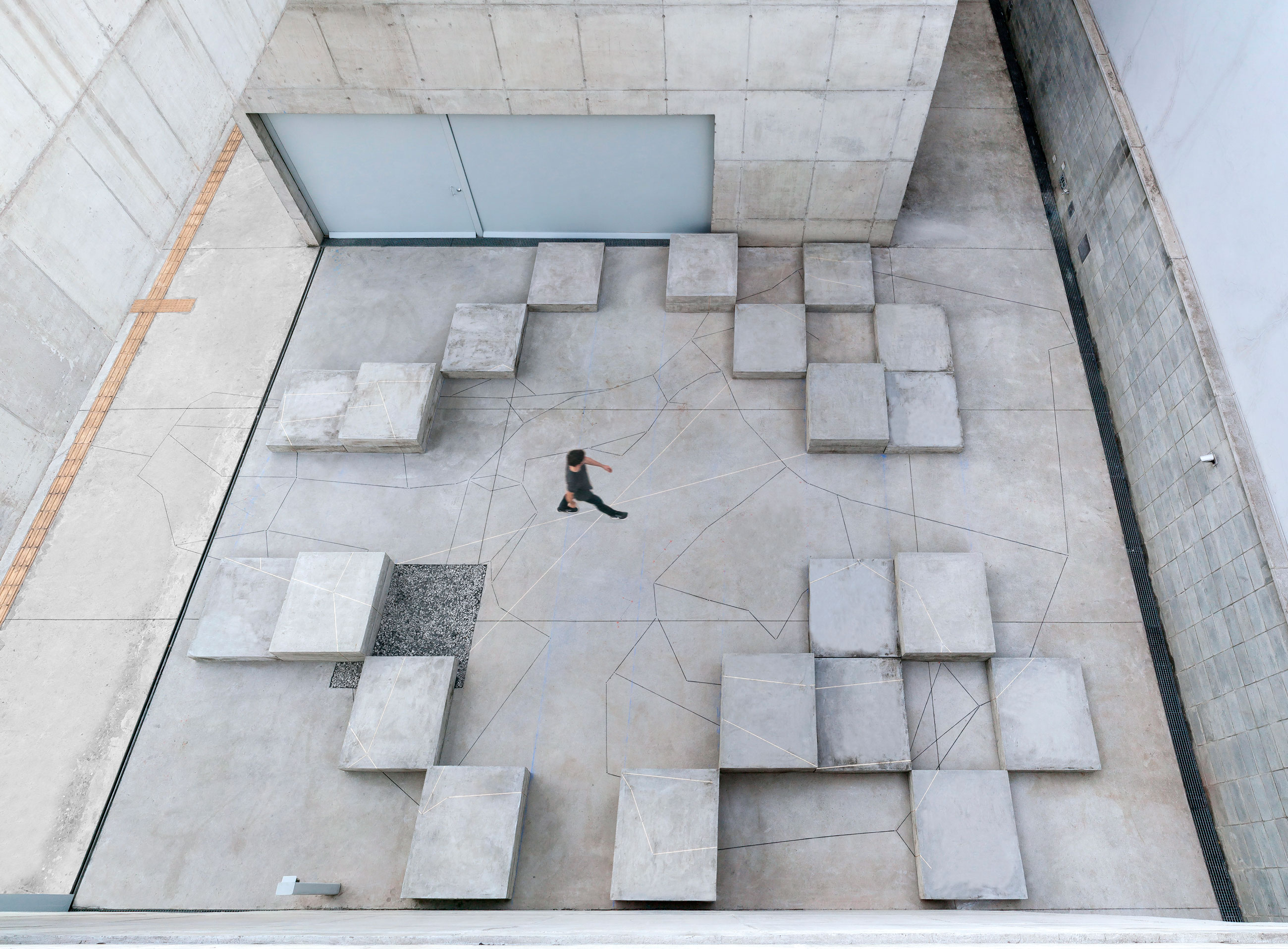SITU
SITU, founded and curated by Bruno Alves de Almeida, commissioned Latin American artists to sequentially take hold of the external spaces of Galeria Leme in São Paulo, with site-specific works, which related both to the gallery’s building and its adjoining public spaces. The works and curatorial framework engaged both the physicality of the site and the histories and processes that continually shape it. Exploring how the dialogue between art, architecture and public space could be a tool to broaden the discussion on the social and spatial dynamics that shape our cities.
Galeria Leme’s building offered a multi-layered setting for such exploration. It is a unique project designed by Pritzker-winning Brazilian architect Paulo Mendes da Rocha in collaboration with Metro Architects. In addition, the gallery lies within in an area of complex social and urban dynamics, which bring to the fore a set of larger processes shaping the city. Finally, the very history of the building - its construction, demolition, replication and expansion - can be understood as a small-scale symptom of the large-scale urban processes inherent to cities such as São Paulo and many other contemporary metropolises. (For more on the history of Galeria Leme’s building read SITU- The Metropolis within a Site)
The project invited a diverse group of established and emerging Latin American artists, whose practices explore the relation between architecture, urban space and other tangential realms. And whose work is informed by a first-person understanding of the complexity of the public sphere and of the urban and social processes common to many Latin American metropolises. By chaining disparate artistic approaches, SITU created a public meta-narrative in which each commissioned project was understood as part of a larger spatial and discursive strategy. And by showcasing ambitious artworks in relation to the public space, the project continuously engaged broad and heterogeneous audiences, inviting them to reflect critically about the city and the processes that shape it.
SITU #1, SRE / Open Data / SP
by José Carlos Martinat (1974, Peru)
SITU #2, testemunho
by Daniel de Paula (1987, USA/ Brazil)
SITU #3, Informal Order
by Ricardo Alcaide (1967, Venezuela)
SITU #4, The Phantom Matrix
by Beto Shwafaty (1977, Brazil)
SITU #5, Cielo Raso
by Sandra Gamarra (1972, Peru)
SITU #6, Friends of Perpetual Movement
by Pilar Quinteros (1988, Chile)
SITU #7, Errata
by Ana Dias Batista (1978, Brazil)
Galeria Leme, São Paulo, Brazil
Photos by Filipe Berndt, courtesy of the artists and Galeria Leme













